
Pink Plumes: Elevating Gardens with Muhly Grass
Published: 10/07/2024 | Updated: 10/07/2024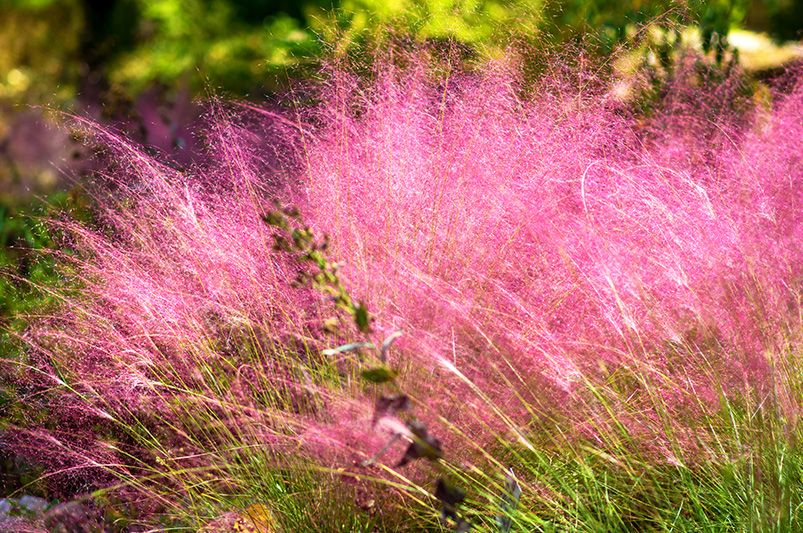
Imagine your garden coming alive with the soft, pink glow of Muhly Grass. This extraordinary plant, with its delicate plumes, is a game-changer for garden lovers looking to add a splash of color and excitement to their outdoor spaces. Perfect for both novices and gardening pros, Muhly Grass offers an effortless way to elevate your garden’s aesthetic without the need for constant care. Dive in as we explore the enchanting world of Muhly Grass and how it can transform your garden into a picturesque haven!


Lets Take a Closer Look at Muhly Grass
Muhly Grass isn’t just a one stop plant; this plant family flaunts a variety of members, each with its unique charm and characteristics. Here’s the inside scoop on the different types that could help spice your garden:
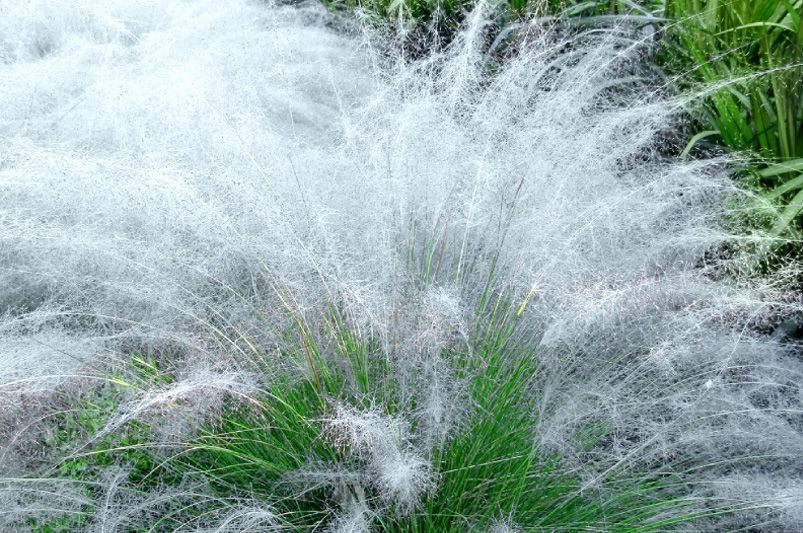
White Muhly Grass (Muhlenbergia capillaris White Cloud)
White Muhly Grass with White Blooms, also known as Muhlenbergia capillaris White Cloud, is a stunning ornamental grass that adds a touch of elegance and whimsy to any garden or landscape. Its airy white plumes create a soft, ethereal look that is perfect for creating a tranquil and serene atmosphere. This grass is drought-tolerant and low-maintenance, making it a great choice for busy gardeners.
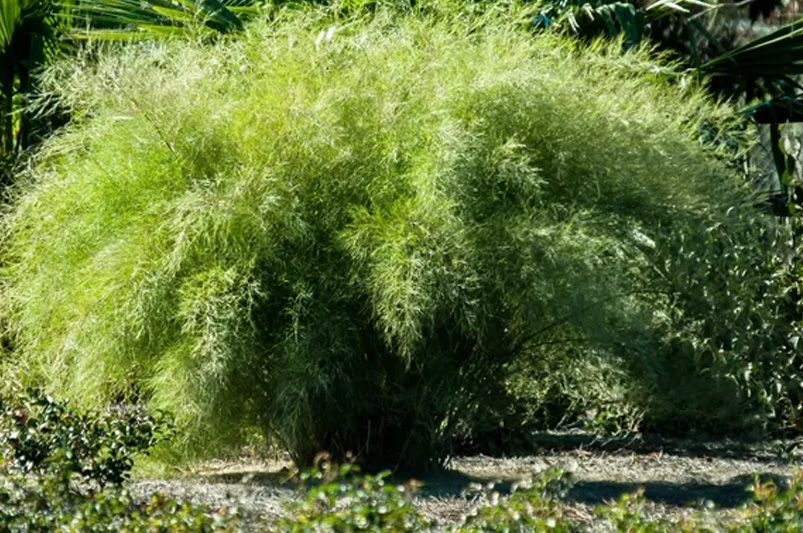
Bamboo Muhly (Muhlenbergia dumosa)
Now let’s talk texture with Bamboo Muhly, a lush, bamboo lookalike that sways with a feathery grace. It’s more about the green here, as its delicate, bamboo-like foliage creates a soft, airy feel. Perfect for those looking to add a touch of the tropical without leaving their backyard. Plus, it’s an easy-going plant that won’t demand too much of your time or gardening know-how.
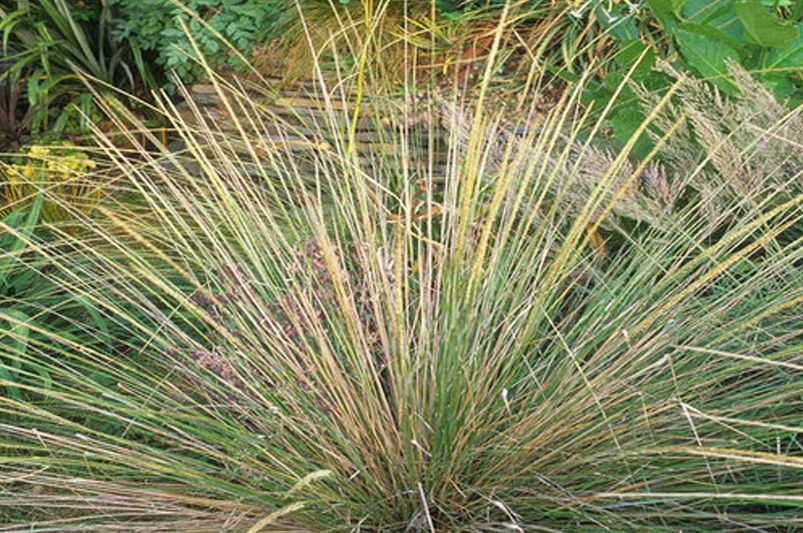
Pine Muhly (Muhlenbergia dubia)
Next in line is Pine Muhly, a more subdued character with its fine-textured blue-green foliage that gives off an elegant, fountain-like appearance. Its toughness against drought makes it a reliable green buddy for those sun-baked spots in your yard. It’s less about the flashy flowers and more about adding year-round structure and charm to your garden ensemble.
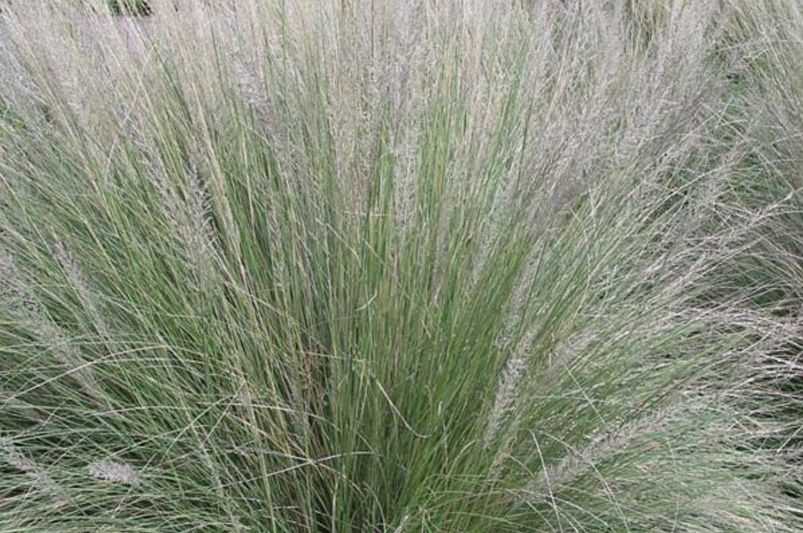
Lindheimer’s Muhly (Muhlenbergia lindheimeri)
If height is what you’re after, then say hello to Lindheimer’s Muhly. It stands tall and proud with its slender, blue-green leaves and dramatic, silvery-white flower spikes that wave in the autumn air. This guy is all about vertical interest, making it an excellent backdrop for your other plant pals or a standalone specimen that screams ‘look at me!’
Pink Muhly Grass (Muhlenbergia Capillaries)
Pink muhly grass, scientifically known as Muhlenbergia capillaris, is a type of ornamental grass native to the southeastern United States. It is renowned for its delicate, feathery pink or purplish flower heads that appear in late summer and fall, creating a spectacular display.
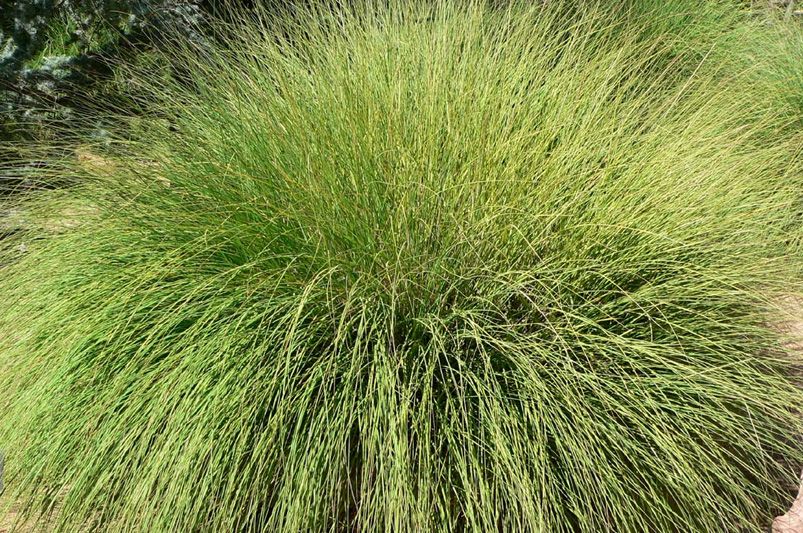
Deergrass (Muhlenbergia rigens)
Last but not least, meet Deergrass. You’ll appreciate this tough cookie for its robust, dense clumps of blue-green leaves and the golden to brownish inflorescences that shoot up in late summer. It’s a wildlife magnet, too, attracting birds and butterflies – consider it the social butterfly of the Muhly family. It’s a trooper in different soil types and, like its relatives, doesn’t fuss much over water once it’s settled in.
Each type of Muhly Grass has its own way of spicing up your garden life. Whether it’s the pink center of attention, the Gulf Muhly, or the energy of the Bamboo Muhly’s leaves, these grasses are sure to turn heads and make your garden the envy of the neighborhood. Choose one or mix and match – either way, you’re setting the stage for a one of a kind show right in your own backyard.
Planting & Care
Ready to give your garden a touch of whimsy with the elegant Muhly Grass? Great choice! Muhly Grass, known for its vibrant pink plumes, isn’t just about the looks; it’s also a tough plant that doesn’t ask for much. Here’s how to get those delightful pink waves dancing in your garden.
1. Picking a Spot: Muhly Grass loves the sun! Choose a spot where your grass will get at least 6 hours of direct sunlight a day. More sun means more vibrant colors. Just imagine those radiant pink plumes glowing under the sunny sky!
2. Soil Setup: This grass isn’t picky about soil. Whether your garden has sandy, clay, or loamy soil, it will do just fine. Just make sure the area drains well — Muhly Grass doesn’t like wet feet!
3. Planting Time: Spring or early fall is the best time to plant your Muhly Grass. This gives the roots plenty of time to establish before the extreme weather—hot or cold—kicks in.
4. Dig Right In: When you’re ready to plant, dig a hole about twice the width of the root ball but no deeper. Set the plant in gently, fill in with the original soil, and give it a good watering to settle everything in place.
5. Watering Tips: Once established, Muhly Grass is quite drought-tolerant. Initially, water your grass about once a week, more frequently in extreme heat. After the first year, you’ll only need to water during prolonged dry spells.
6. Feeding: Muhly Grass isn’t a big feeder, but if you want to give your plants a little boost, a light application of a general-purpose fertilizer in spring will do the trick.
Pruning & Propagation
So, you’ve got your Muhly Grass swaying in the breeze, pink plumes ablaze in the sunlight—fantastic! Now, let’s talk about keeping your grass looking its best and how you can spread the joy around your garden. Don’t worry; it’s as easy as pie.
Pruning: Keeping it Classy
First off, pruning isn’t just about keeping your garden tidy; it’s like giving your Muhly Grass a spa day. Once the plumes fade and the cooler weather of late winter rolls around, it’s time to grab your shears. Snip your grass down to about 3-4 inches above the ground. This might seem drastic, but trust us, your grass will thank you by bouncing back in the spring, fuller and ready to put on an even better show.
Propagation: Multiplying the Magic
Feeling generous? Muhly Grass is super shareable. The easiest way to do this is by division in early spring, just as new growth begins to appear. Here’s how:
Dig Up: Gently lift your established clump of Muhly Grass from the soil. A garden fork works great for this, giving you the leverage to ease the plant out without too much hassle.
Divide: Using a sharp spade or even a knife, split the clump into smaller sections. Make sure each new section has a good bit of roots attached—that’s crucial for successful re-planting.
Plant: Now, treat these new sections just like you did when planting your original Muhly Grass. Choose sunny spots, plant, and water them in well. Before you know it, these newbies will grow into full-sized plants, ready to add more pink pizzazz to your garden or to be passed on to friends.
And there you have it! Pruning and propagation of your Muhly Grass are not just about maintenance; they’re opportunities to refresh, expand, and share the natural beauty of your garden. Get snipping and spreading those pink plumes!
Common Pests & Diseases
Nobody likes uninvited guests, especially in the garden! Luckily, Muhly Grass is pretty tough and doesn’t roll out the welcome mat for many pests or diseases. However, staying informed can help you keep your pink plumes looking pristine. Here’s the lowdown on a few common issues and how to deal with them.
1. Rust:
Sometimes, you might notice orange or yellowish spots on the blades of your Muhly Grass. That’s rust—a fungal disease that loves moisture. If it shows up, reduce watering a bit and remove affected areas to keep it from spreading. Ensuring good air circulation around your plants also helps keep rust at bay.
2. Mealybugs:
These tiny pests can sometimes be spotted nestled in the cozy crevices of your Muhly Grass, sucking the sap and weakening your plants. Not cool, right? If you find them, you can give them a blast with a hose to knock them off or use an insecticidal soap for a more direct approach.
3. Spider Mites:
In hot, dry conditions, spider mites might get cozy in your Muhly Grass. These tiny critters can cause the leaves to look dull and stippled. Increase humidity around your plants with regular misting, or introduce natural predators like ladybugs to give these mites the boot.
4. Fungal Leaf Spot:
Damp conditions can lead to unsightly dark spots on the leaves of your Muhly Grass. Good news—improving air circulation and avoiding overhead watering usually keeps this problem in check. Stricken leaves? Just snip them off to prevent further spreading.
That’s about the size of it! You can manage most issues with Muhly Grass by practicing basic care tactics like proper watering, ensuring good air flow, and regular check-ups. Keep a watchful eye and act promptly at any signs of trouble to keep your pink plumes performing spectacularly in your garden!
Wrapping Up
And there you have it, folks—the inside scoop on making your garden the talk of the town with the stunning Muhly Grass. From their low-maintenance lifestyle to their hardy nature that stands up to pests and diseases, these graceful beauties are truly a gardener’s dream.
Imagine stepping outside to a sea of soft pink plumes swaying in the breeze, transforming your garden into a whimsical retreat. Whether you’re a green thumb or just starting out, Muhly Grass makes it a breeze to add that special touch to your outdoor space.
So, what are you waiting for? It’s time to start gardening, plant some Muhly Grass, and enjoy the colorful transformation of your garden. Get ready to bask in the beauty of your new slice of paradise right in your backyard. Happy Gardening!


